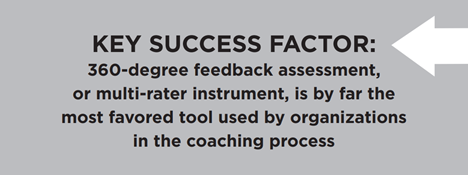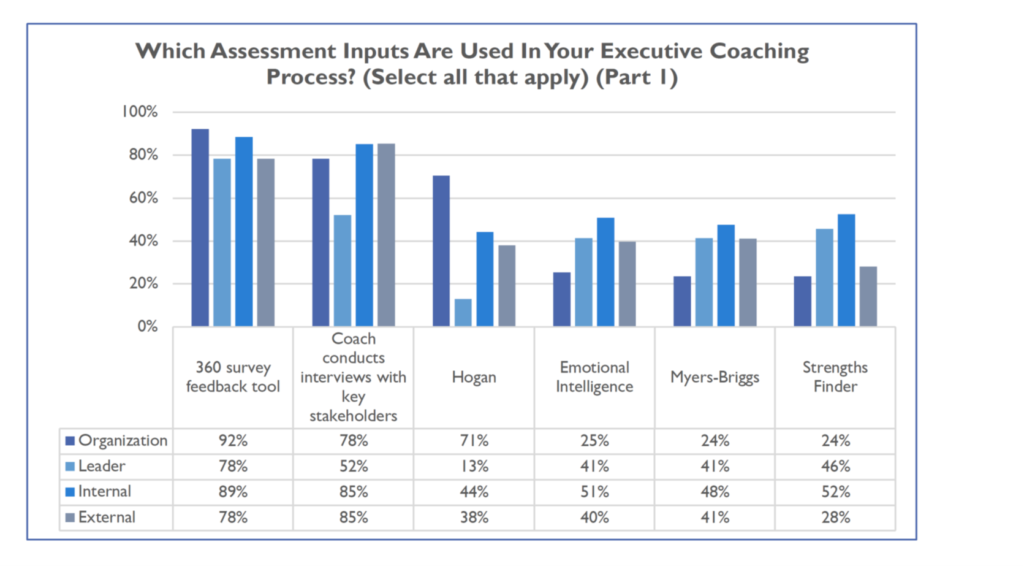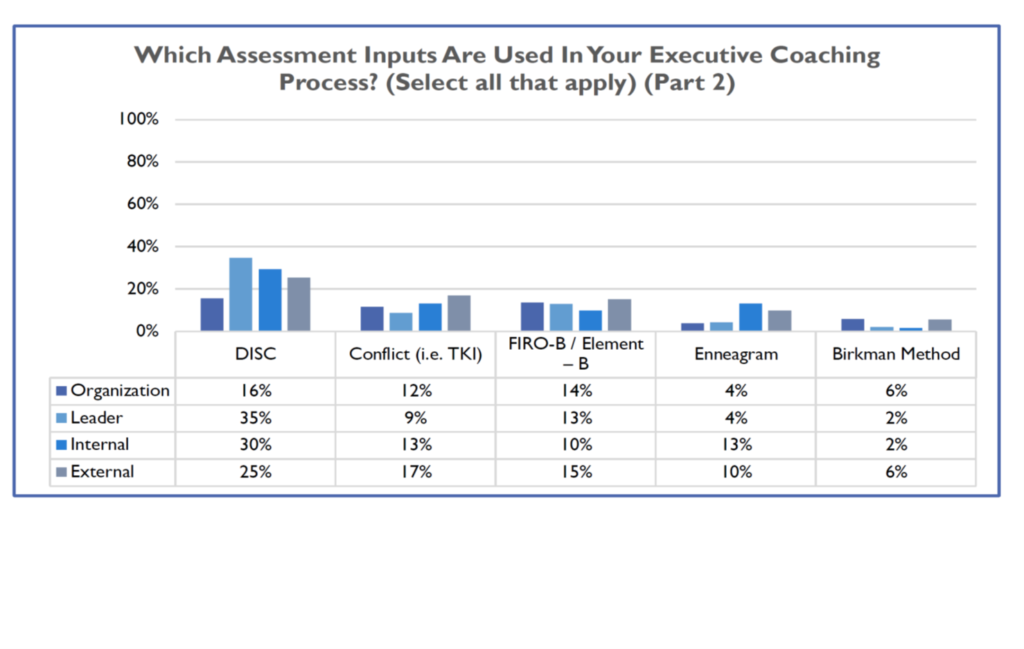Assessments Help Leaders Understand How Others See Them

I work with people and organizations to help them achieve better results faster through coaching. Whether I’m coaching individuals or teams, it starts with a process that allows the people involved to become more self-aware. The phrase, “know thyself,” goes back to the ancient Greeks and is perhaps needed more today than ever before based on all the various ways we communicate and interact with others.
We all have a concept of how we are perceived when we work with or interact with others. The problem is self-identity is often wrong in critical areas. We tend to see ourselves as who we want to believe we are and often forgive ourselves for mistakes we make because we trust our intent is right. Others see us based on our behaviors and actions. Their observations inform how they perceive us and influence the reputation they assign us. Consequently, there can be disconnects between our self-identify and our reputation.
To help clients better understand how they are perceived, coaches use a variety of assessment tools.
Which Assessments do Organizations Use Most?
The 2018 version of the study Executive Coaching for Results, by Brian O. Underhill, Ph.D, PCC, of CoachSource shows that the 360-degree feedback assessment, or multi-rater instrument, is by far the most favored tool used by organizations in the coaching process (see graphs below). Used properly, 360s can provide helpful information from stakeholders who see the client from several different viewpoints. These stakeholders often include direct reports, manager, skip-level manager, peers, vendors, project team members, and contractors to name a few. The assessments are relatively simple to administer in an online form and can easily capture summarized data for report-back purposes.

A qualified coach is needed to help a client create a balanced view of the 360-degree feedback they receive. Left unassisted, employees can easily focus only on negative comments or ratings and lose the larger picture of how to build on their natural strengths.
Simple stakeholder interviews are the next most popular assessment, with over 70 percent of organizations using this technique. While time intensive, the rich, qualitative outcome of the interview approach can often be more informative than reading a range of numeric ratings.
The Hogan has gained popularity among organizations since 2005 according to Executive Coaching for Results, 2018 Full Report. In 2005, 22 percent of organizations selected this method; in 2013 43 percent of organizations selected Hogan, and now 71 percent of organizations selected this instrument.
2018 Executive Coaching Industry Research
Executive Coaching for Results


Coaches use the real data and comments from assessments and interviews (aggregated for confidentiality) to put into context opportunities for clients to better understand their impact on others, especially where it doesn’t match their intent. This allows for greater understanding that usually leads to a desire by the client to improve in some key areas while also further leveraging their strengths.
Recently, I worked with a client who leads a large organization within his company. My client was known for several strengths, including talent selection. His 360 revealed that engaging his leadership team in active career discussions about where they wanted to develop and how they hoped to grow their career was an area that needed development. His rationale for avoiding such discussions was that if he failed to deliver on their career desires, his team members would become frustrated. In fact, failing to engage his team was causing them to believe he was driving his own agenda without their input.
His team’s comments matched some feedback he received about himself through an enneagram assessment debrief. When confronted with this information, he chose to act. He began to actively engage in career discussions with his team and members of a new group he picked up through an acquisition. By combining his strength of talent selection with active career discussions with his team, he was able to incorporate the desires of several key staff members in a new organizational structure. As they viewed him being more invested in their career development, team engagement increased.
Other examples of how awareness can benefit coaching clients and organizations can be found here: DRIVING AWARENESS WITH THE RIGHT ASSESSMENTS – Oppna (oppnacoaching.com)
In summary, the use of the assessments with an experienced coach improves leadership capability, increases engagement and sets up the broader organization for success.
How can executive coaching help you or your organization achieve better results faster?
##
This post includes material from the book, Accelerating Leadership, co-authored by Lance Hazzard and Eric T. Hicks, Ph.D., published in June 2019 and available as an e-book.
Lance Hazzard, PCC, CPCC, is a certified Intelligent Leadership Executive Coach helping people and organizations achieve success. He is Executive Coach and President at Oppnå® Executive & Achievement Coaching. More information can be found on the book, Lance and Oppnå® Coaching at the links below: